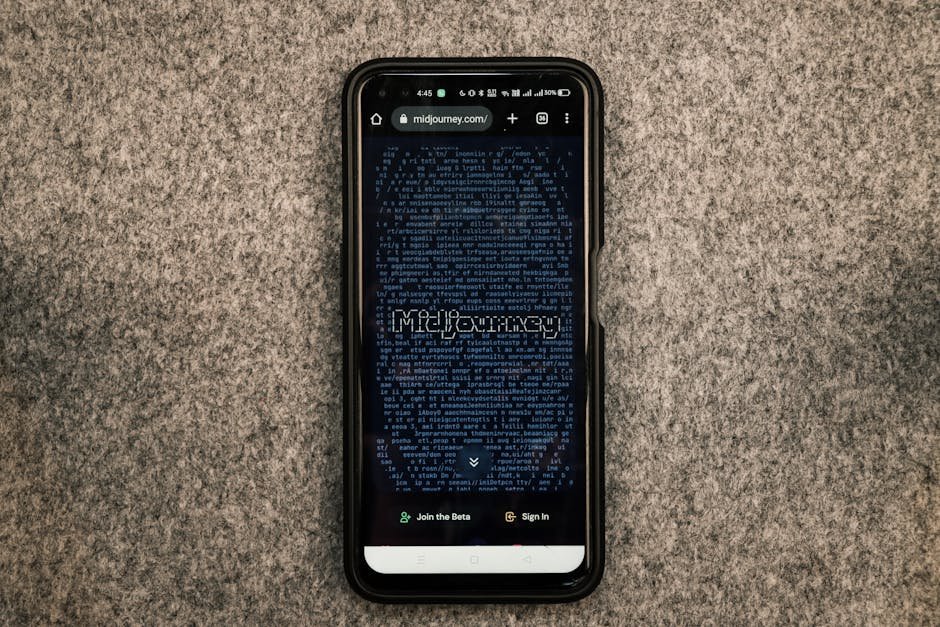Cold emailing remains a prevalent strategy for reaching potential clients, partners, or employers. However, the reality is that not all cold emails receive a positive response.
Rejection is a common outcome, and knowing how to handle it effectively is crucial for maintaining professionalism and improving future outreach efforts.
This article delves into various strategies for managing and learning from cold email rejection, ensuring that each attempt brings you closer to your goals.
Table of Contents
ToggleUnderstanding Cold Email Rejection
What is Cold Email Rejection?
Cold email rejection occurs when the recipient of your unsolicited email either does not respond or explicitly declines your offer or request. This can happen for various reasons, including lack of interest, relevance, or timing.
Understanding the underlying causes of rejection can help you refine your approach and increase your chances of success in future attempts.
Common Reasons for Rejection
- Irrelevance: The recipient may not find your email relevant to their needs or interests.
- Poor Timing: Your email may have arrived at an inconvenient time.
- Lack of Personalization: Generic emails are less likely to capture attention.
- Weak Subject Line: A dull or misleading subject line can lead to immediate dismissal.
- Overwhelming Volume: Recipients may be inundated with emails and unable to respond to all.
Strategies for Handling Rejection
1. Analyze and Learn
Conduct a Post-Mortem Analysis
After receiving a rejection or no response, take the time to analyze your email. Consider the following aspects:
- Subject Line: Was it compelling and relevant?
- Content: Did the body of the email address the recipient’s needs?
- Personalization: Did you tailor the email to the recipient?
Use Feedback Constructively
If the recipient provides feedback, use it to improve your future emails. Constructive criticism can be invaluable in refining your approach.
2. Refine Your Targeting
Research Your Audience
Ensure that your emails are directed at the right audience. Conduct thorough research to understand the recipient’s needs, preferences, and pain points. This will help you craft more relevant and engaging emails.
Segment Your List
Segment your email list based on specific criteria such as industry, job role, or interests. This allows you to send more targeted and personalized emails.
3. Improve Your Email Content
Craft a Compelling Subject Line
The subject line is the first thing the recipient sees. Make it intriguing and relevant to increase the chances of your email being opened.
Personalize Your Message
Personalization goes beyond using the recipient’s name. Reference specific details about their business or recent achievements to show that you have done your homework.
Provide Value
Ensure that your email offers something of value to the recipient. This could be a solution to a problem, valuable insights, or a unique opportunity.
4. Follow Up Strategically
Timing is Key
Follow up at appropriate intervals. Too frequent follow-ups can be seen as spammy, while too infrequent ones may be forgotten.
Add Value in Follow-Ups
Each follow-up email should provide additional value or new information. This keeps the conversation fresh and shows that you are genuinely interested in helping the recipient.
5. Maintain a Positive Attitude
Stay Professional
Regardless of the outcome, always maintain a professional tone in your emails. This leaves a positive impression and keeps the door open for future opportunities.
Learn from Rejection
View rejection as a learning opportunity rather than a setback. Each rejection brings you closer to understanding what works and what doesn’t.
6. Leverage Social Proof
Include Testimonials and Case Studies
Incorporate testimonials from satisfied clients or case studies that demonstrate the effectiveness of your product or service. This builds credibility and can make your offer more appealing.
Highlight Relevant Achievements
Mention any awards, recognitions, or significant milestones that are relevant to the recipient. This can help establish your authority and trustworthiness.
7. Optimize for Mobile
Ensure Mobile Responsiveness
With a significant number of professionals checking emails on their mobile devices, it’s crucial to ensure that your emails are mobile-friendly. Use responsive design techniques to make sure your content looks great on any device.
Keep it Concise
Mobile users prefer concise and to-the-point emails. Avoid lengthy paragraphs and get straight to the value proposition.
8. Utilize A/B Testing
Test Different Variations
A/B testing involves sending two versions of your email to different segments of your audience to see which one performs better. Test different subject lines, email content, and calls to action to identify what resonates most with your audience.
Analyze Results
Use the data from your A/B tests to refine your email strategy. Pay attention to open rates, click-through rates, and conversion rates to determine the most effective elements.
9. Incorporate Visual Elements
Use High-Quality Images
Incorporate relevant and high-quality images to make your emails more visually appealing. Ensure that the images are optimized for fast loading times.
Add Infographics
Infographics can help convey complex information in an easily digestible format. Use them to highlight key points or data that support your message.
FAQ
1. How can I improve my cold email open rates?
To improve open rates, focus on crafting compelling subject lines, personalizing your emails, and ensuring that your content is relevant to the recipient’s needs.
2. What should I do if I don’t receive a response to my cold email?
If you don’t receive a response, consider following up after a few days. Ensure that your follow-up email adds value and addresses any potential concerns the recipient may have.
3. How can I personalize my cold emails effectively?
Effective personalization involves referencing specific details about the recipient’s business, recent achievements, or industry trends. This shows that you have done your research and are genuinely interested in their needs.
4. What is the best time to send a cold email?
The best time to send a cold email can vary depending on the recipient’s industry and location. However, studies suggest that mid-morning on weekdays tends to be an effective time for many professionals.
5. How can I handle negative feedback from cold email recipients?
Handle negative feedback professionally and constructively. Use it as an opportunity to learn and improve your future emails. Thank the recipient for their feedback
Conclusion
Cold email rejection is an inevitable part of the outreach process. However, by understanding the reasons behind rejection and implementing effective strategies, you can improve your chances of success.
Remember to analyze and learn from each rejection, refine your targeting, personalize your emails, and maintain a positive attitude. With persistence and continuous improvement, your cold email efforts will yield better results over time.







